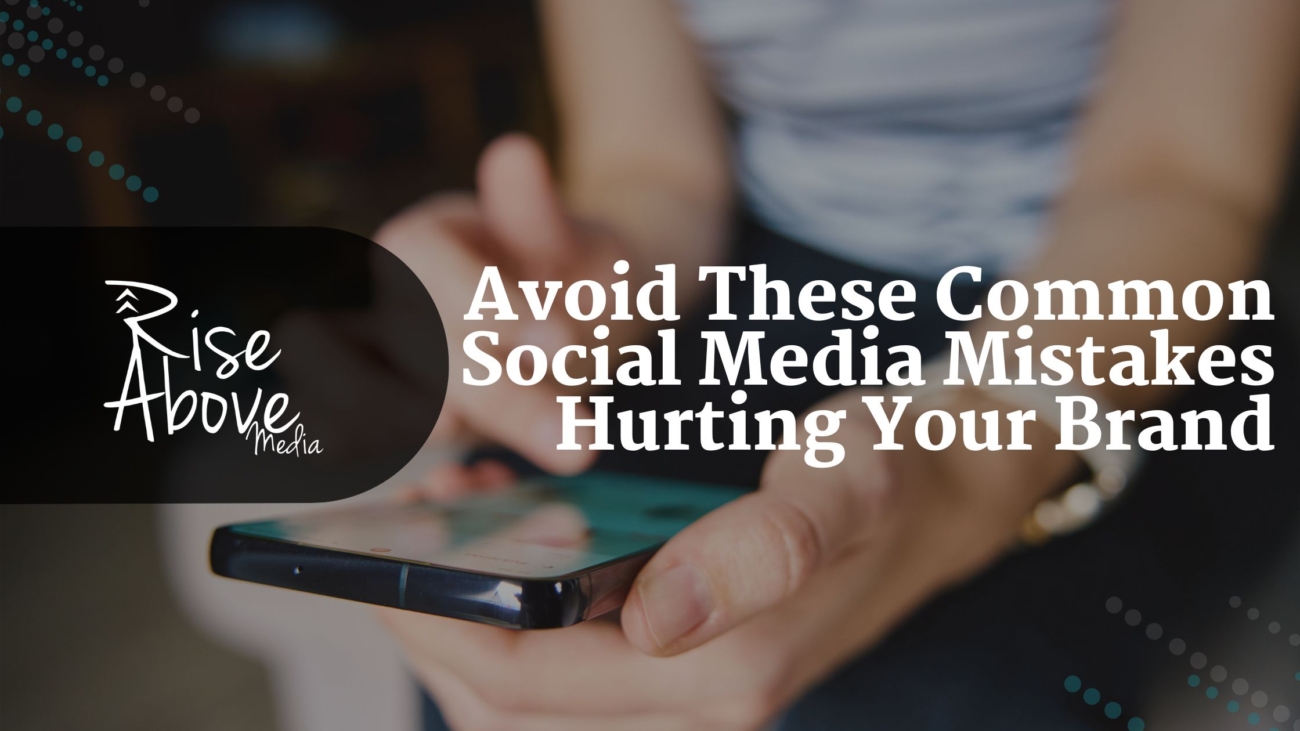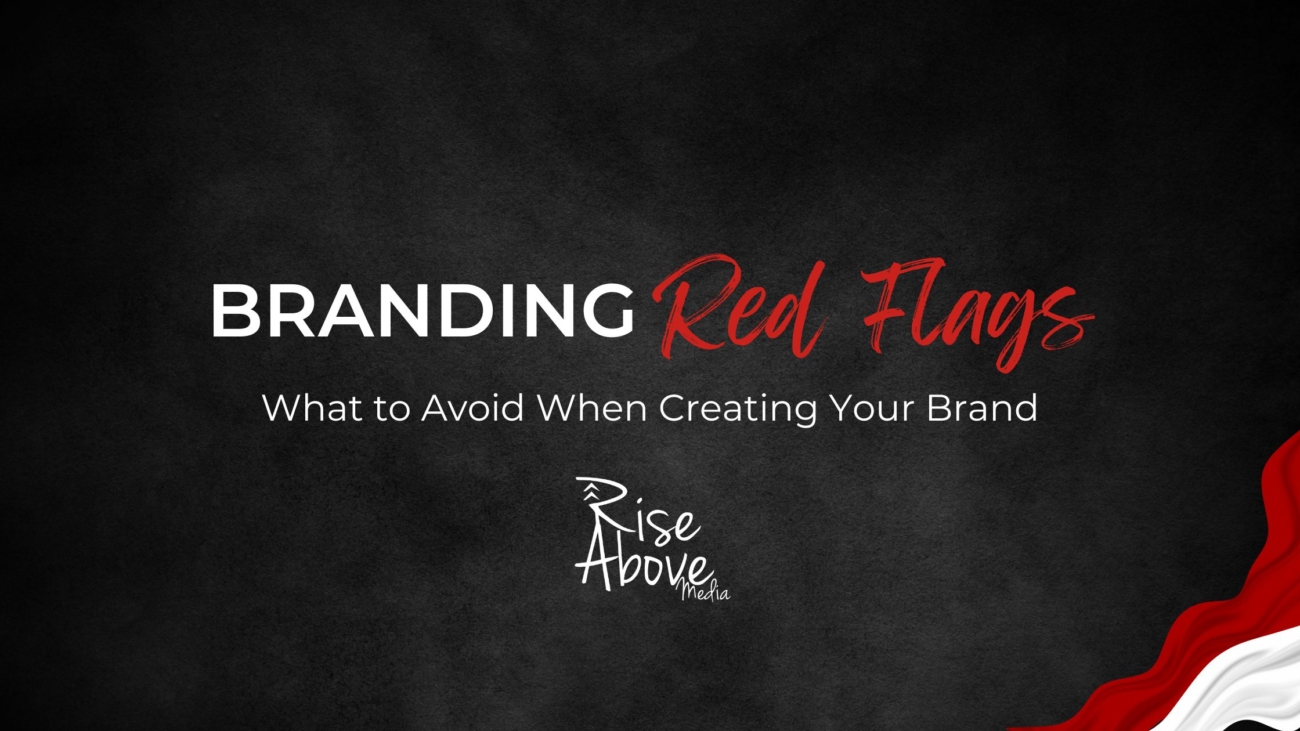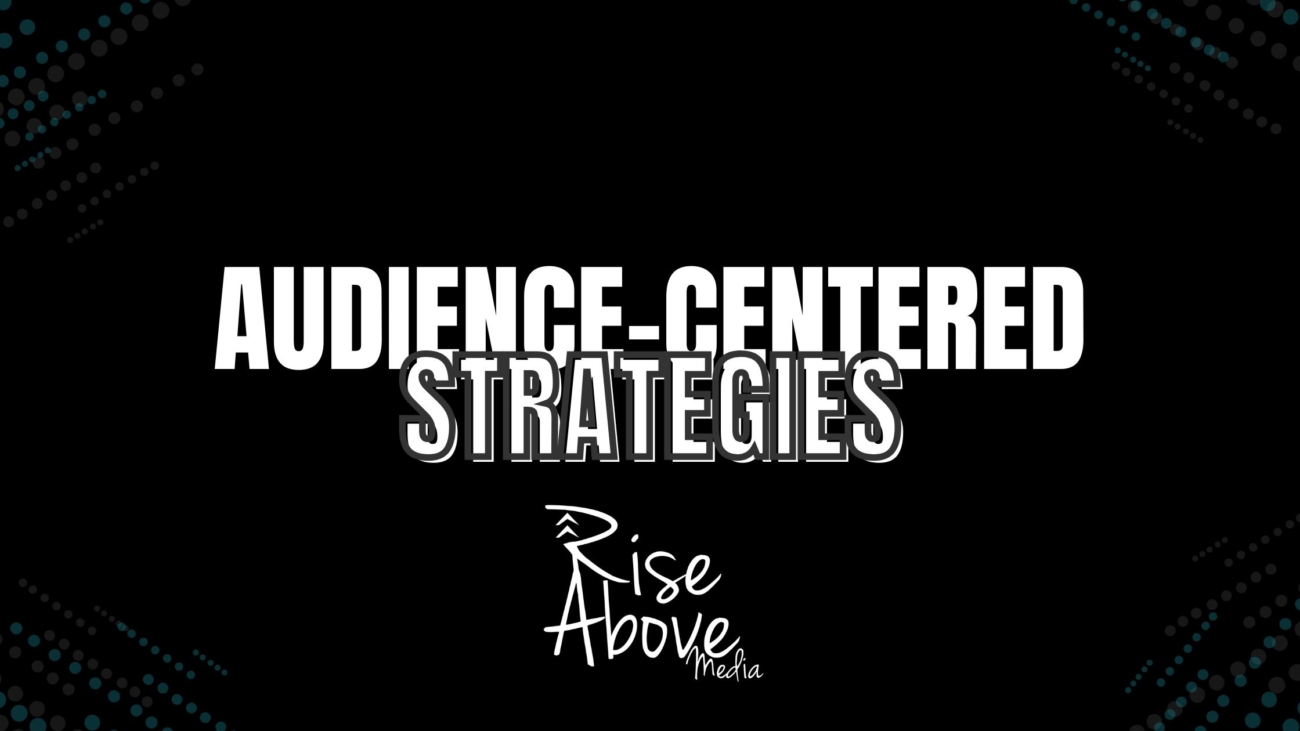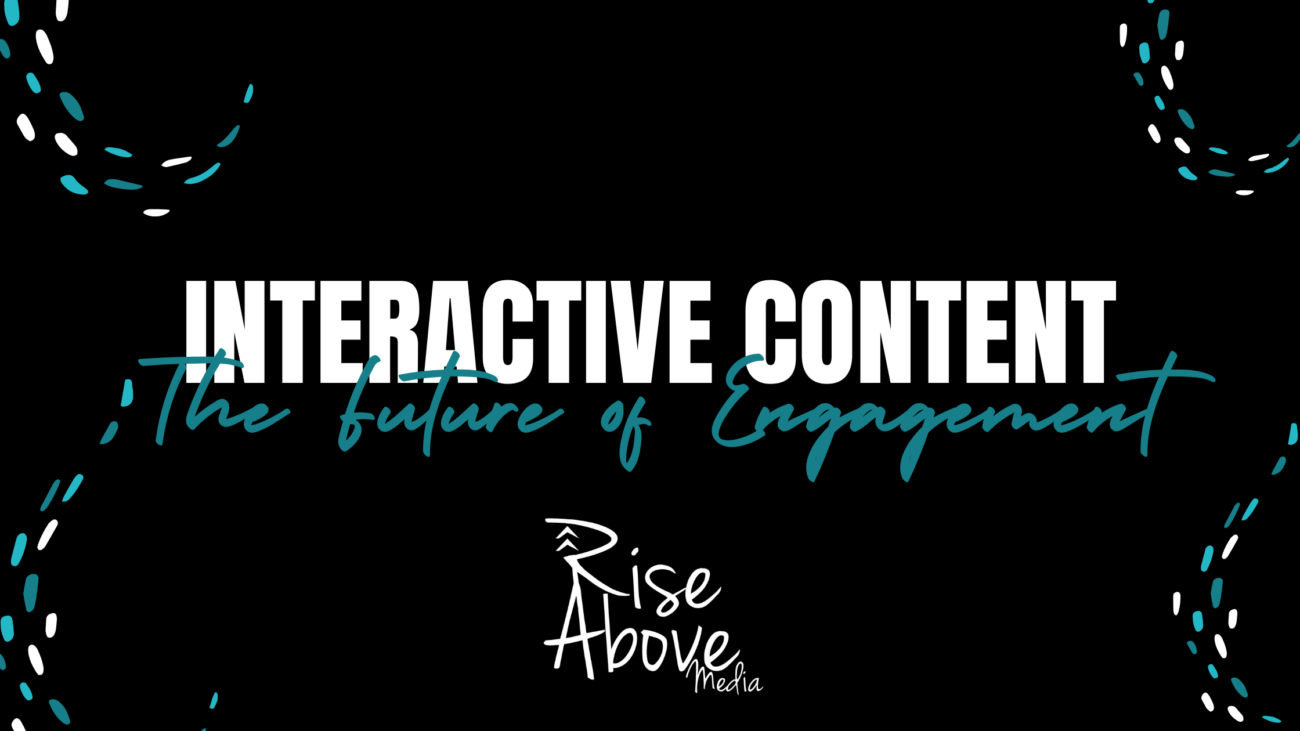Boost your Acadiana service business with this SEO guide! Learn 7 budget-friendly steps to rank higher on Google for HVAC, plumbing, and more in Lafayette and St. Mary Parish. Simple tips for long-term growth.
Avoid These Common Social Media Mistakes Hurting Your Brand
Social media is a powerful tool for building brand awareness, engaging with your audience, and driving sales. But if not done correctly, it can do more harm than good. Many businesses make the same mistakes over and over, costing them followers, engagement, and even potential customers. Here are some of the most common social media mistakes—and how to fix them!
❌ 1. Inconsistent Posting
The Mistake: Posting randomly or going weeks without any updates.
Why It’s a Problem: Your audience forgets about you and the algorithm deprioritizes your content.
Fix It: Create a content calendar and stick to a consistent posting schedule. Even 3-4 times a week is better than sporadic bursts of activity. If you fall behind, remember to just shift.
❌ 2. Ignoring Engagement
The Mistake: Posting content but never responding to comments, DMs, or mentions.
Why It’s a Problem: Social media is about connection. If you don’t engage, your audience will lose interest.
Fix It: Reply to comments, ask questions, and start conversations. Engagement boosts visibility and builds relationships.
❌ 3. Too Much Selling, Not Enough Value
The Mistake: Every post is a sales pitch.
Why It’s a Problem: People don’t follow brands just to be sold to—they want useful, entertaining, or inspiring content.
Fix It: Follow the 80/20 rule: 80% value-driven content (tips, behind-the-scenes, customer stories) and 20% promotional content.
❌ 4. Not Using Video Content
The Mistake: Avoiding video because it feels time-consuming or intimidating.
Why It’s a Problem: Video performs better than any other type of content on social media. Platforms like Instagram, Facebook, and TikTok prioritize it.
Fix It: Start simple—short-form videos, Reels, or behind-the-scenes clips. You don’t need fancy equipment—just your phone and good lighting!
❌ 5. Ignoring Analytics
The Mistake: Posting without reviewing what’s working and what’s not.
Why It’s a Problem: You could be wasting time on content that doesn’t resonate with your audience.
Fix It: Check your insights weekly. See which posts perform best and adjust your strategy based on real data.
❌ 6. Not Defining Your Target Audience
The Mistake: Trying to appeal to everyone instead of a specific group.
Why It’s a Problem: Your messaging becomes too broad, making it harder to connect with the right people.
Fix It: Define your ideal customer. What are their interests? Challenges? Figure this out then tailor your content to them to get the best results.
❌ 7. Skipping Calls-to-Action (CTAs)
The Mistake: Posting content without directing people on what to do next.
Why It’s a Problem: If you don’t ask your audience to engage, they probably won’t. They need to be guided through the journey.
Fix It: Add clear CTAs like “Comment below,” “Share this with a friend,” or “Click the link in bio.” Also, don’t forget to include links that go directly to the CTA such as an event registration vs. the homepage of the website.
Final Thoughts
Social media success isn’t just about posting—it’s about strategy, consistency, and engagement. By avoiding these mistakes, your brand can build stronger connections, increase reach, and drive real business growth.
Need help managing your social media? Rise Above Media is here to help! Contact us today to elevate your brand online.
Start 2025 with Audience-Centered Strategies
In the ever-changing world of marketing, one thing remains constant: knowing your audience is key to success. Whether you’re a small business owner, an entrepreneur, or part of a marketing team, understanding your audience should always be your first priority. As we kick off 2025, here’s a crucial tip to help you connect with your customers and build trust that lasts.
Understand Your Audience Like Never Before
To create marketing campaigns that resonate, you need to understand your audience on a deeper level. Ask yourself these questions:
- What are their pain points? What problems are they facing that your product or service can solve?
- What are their goals for the year? What aspirations or needs can you align with?
- Where do they spend their time online? Are they scrolling through Instagram, engaging in Facebook groups, or reading industry blogs?
Taking the time to explore these questions helps you craft messages that truly speak to your audience. It’s not about guessing—it’s about knowing.
How to Get to Know Your Audience
Here are a few practical ways to gain insights about your audience:
- Social Media Polls and Surveys Platforms like Instagram Stories, Facebook, and LinkedIn make it easy to create polls or ask questions. Use these tools to gather feedback on what your audience cares about.
- Analyze Your Data Dive into your analytics. Whether it’s Google Analytics, social media insights, or email marketing reports, these tools can reveal key information about who’s engaging with your content.
- Have Direct Conversations Engage with your audience directly by replying to comments, sending messages, or even hosting live Q&A sessions. Real conversations build real connections.
Why It Matters
When your audience feels understood, they’re more likely to trust you. Trust leads to loyalty, and loyalty leads to growth. By focusing on their needs and preferences, you’re not just selling a product or service—you’re solving problems, fulfilling dreams, and building a community around your brand. This will let you know not only how to reach your targeted audience, but what marketing channels to cater to, even as specific as service companies in Lafayette.
Make 2025 Your Year
Marketing in 2025 is all about connection. By prioritizing your audience’s needs and engaging them authentically, you’ll set yourself apart in a crowded market. So, take a moment to reflect on your strategies. Are you truly putting your audience first?
If you need assistance on the subjects mentioned above, reach out! We would love to help your business Rise Above in 2025!





